Disclosure: This article contains affiliate links. We may earn a commission from purchases at no extra cost to you, which helps our travel content.
The cobblestone streets of Santo Domingo's Zona Colonial echo with over five centuries of history, but they're also home to some of the Caribbean's most fascinating shopping experiences. As a school principal who's navigated markets from Marrakech to Bangkok, I've developed a keen eye for authentic craftsmanship and cultural significance in local goods. Santo Domingo surprised me with its remarkable blend of traditional crafts and bold contemporary design that tells the story of Dominican identity in ways no textbook ever could.
Navigating Zona Colonial's Craft Havens
The UNESCO-listed Zona Colonial isn't just an open-air museum of Spanish colonial architecture—it's also home to the city's most characterful shopping experiences. My first recommendation is always Calle El Conde, the pedestrianized heart of the colonial zone. This 500-year-old thoroughfare is lined with shops ranging from tourist trinkets to genuine treasures.
During my most recent visit, I spent a delightful morning at Larimar World, where I watched artisans transform raw chunks of larimar—the ethereal blue stone found only in the Dominican Republic—into striking jewelry. The shop owner, Miguel, explained that the finest pieces exhibit that distinctive sky-blue color with minimal white marbling. I couldn't resist purchasing a pendant that now serves as both a souvenir and conversation starter back in my London office.
For those interested in traditional crafts, venture to Plaza de España where several galleries showcase the work of local artisans. I was particularly impressed by the amber collections—the Dominican Republic being one of the few sources of blue amber in the world. Before heading out, I recommend picking up a travel daypack that's compact enough for city exploration but has room for your purchases.
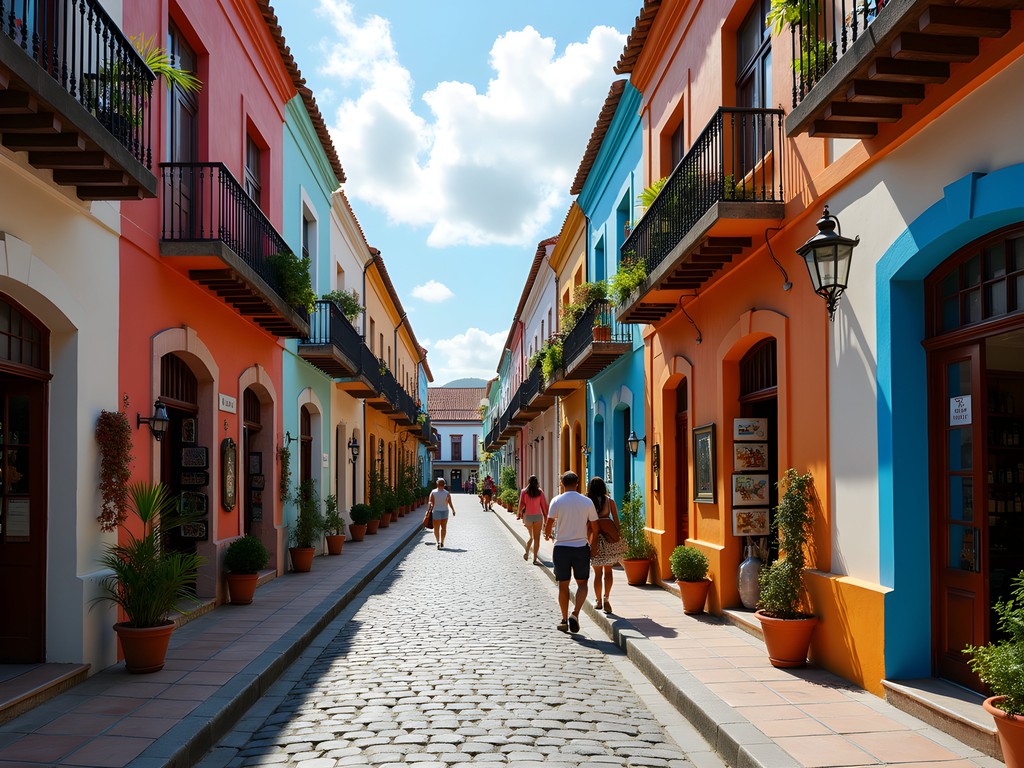
💡 Pro Tips
- Visit Larimar shops early in the day when the lighting is best to see the true color of the stones
- Negotiate gently but firmly—start at about 60% of the initial asking price
- Ask for certificates of authenticity when purchasing amber or larimar jewelry
Mercado Modelo: The Art of Market Navigation
No shopping expedition in Santo Domingo would be complete without braving the legendary Mercado Modelo. As someone who's haggled in markets from Marrakech to Bangkok, I still found this sprawling indoor market a thrilling challenge. Located just outside the colonial zone, it's the city's largest craft market and a veritable labyrinth of stalls selling everything from hand-rolled cigars to Taino-inspired woodcarvings.
I've developed something of a system for markets like this. First, I take a complete lap without buying anything—this reconnaissance mission helps me spot the truly unique items and gauge prices. On my second circuit, I engage with vendors whose products caught my eye, asking questions about their craftsmanship. This approach typically earns respect and often better prices.
The market's lower level houses food vendors selling local delicacies like casabe (cassava bread) and mamajuana (a rum-based herbal drink). I always carry my insulated water bottle to stay hydrated in the market's sometimes stifling heat without resorting to plastic bottles.
A word of caution: while most vendors are honest, counterfeits do exist. That 'authentic' Larimar bracelet for $5 is almost certainly plastic. When it comes to cigars, unless you're a connoisseur, stick to the reputable vendors with proper humidors.

💡 Pro Tips
- Arrive before 11am to avoid the cruise ship crowds
- Bring small denomination bills and avoid flashing large amounts of cash
- The deeper you venture into the market, the better prices you'll typically find
Contemporary Dominican Design
Beyond traditional crafts, Santo Domingo boasts a thriving contemporary design scene that often gets overlooked by visitors. As an educator, I'm always fascinated by how designers reinterpret cultural heritage for modern contexts—and Dominican designers excel at this fusion.
My favorite discovery was Altos de Chavón, a remarkable recreation of a 16th-century Mediterranean village perched above the Chavón River. While technically in La Romana (about two hours from Santo Domingo), it's worth the journey. This artisan village houses workshops, galleries, and boutiques featuring work from graduates of the renowned Altos de Chavón School of Design. The handcrafted leather goods and innovative jewelry designs make for gifts that won't be gathering dust on a shelf.
Back in Santo Domingo proper, the neighborhood of Piantini is where you'll find high-end Dominican fashion designers. Stores like Arcabal showcase clothing that incorporates traditional Dominican embroidery techniques with contemporary silhouettes. For home décor with Dominican flair, I recommend Casa Alfarera, where ceramic artists create pieces that would look at home in any design magazine.
When shopping for designer items, I always bring my packing cubes to keep delicate purchases protected in my luggage.

💡 Pro Tips
- Ask about the story behind contemporary pieces—many incorporate fascinating cultural references
- Look for designers using sustainable materials like repurposed wood or recycled metals
- Most high-end boutiques accept credit cards, but smaller designers might offer discounts for cash
Amber & Larimar: Shopping for Dominican Treasures
The Dominican Republic is one of only a few places on earth where you can find both amber and larimar—two semiprecious stones that have become synonymous with Dominican craftsmanship. As someone who's developed a minor obsession with these unique geological treasures, let me share what I've learned about purchasing them authentically.
The Amber Museum in Puerto Plata is the gold standard (or perhaps amber standard?) for education about this fossilized tree resin. However, if you're staying in Santo Domingo, the smaller Museo del Ámbar in the colonial zone offers an excellent primer before you shop. The museum shop itself sells authenticated pieces, albeit at premium prices.
For larimar, that ethereal blue stone found nowhere else on earth, I recommend visiting the Larimar Museum first. Here you'll learn to distinguish the highest quality stones—look for pieces with minimal white marbling and that distinctive sky-blue color. Armed with this knowledge, you can confidently shop at stores like Larimar Factory or Joyería Las Américas.
When purchasing either stone, insist on a certificate of authenticity. To test amber in a pinch, touch it with a hot needle in an inconspicuous spot—real amber produces a pine scent, while plastic smells chemical. For photographing your new treasures against Santo Domingo's colorful backdrops, I rely on my compact camera which captures the subtle colors and translucence beautifully.

💡 Pro Tips
- The deeper the blue in larimar, the higher the quality and price
- Amber with inclusions (insects or plants) is more valuable than clear amber
- Store your amber and larimar jewelry away from direct sunlight to prevent color fading
Navigating Transport & Bargaining Culture
As a principal who's organized educational trips across four continents, I've learned that transportation logistics can make or break a shopping expedition. In Santo Domingo, taxis are plentiful but often unmetered, so negotiating is essential. Before setting out, I always ask my hotel concierge about appropriate fare ranges. For a more structured experience, I recommend using Uber, which operates efficiently in the city.
For those venturing beyond the colonial zone to places like the upscale shopping centers in Piantini, consider hiring a trusted taxi driver for the day. On my last visit, I arranged this through my hotel for about $60—money well spent for the convenience and local knowledge.
When it comes to bargaining, remember that it's expected in markets but not in established shops with fixed prices. My approach is always respectful but confident. I start by expressing genuine interest in the craftsmanship, then ask the price. My counter-offer typically begins at about 60% of the initial asking price, and we usually settle around 70-75%.
To keep track of purchases and stay organized, I use a travel document organizer with separate pockets for receipts, certificates of authenticity, and the small denomination bills I keep handy for market purchases.
Finally, remember that bargaining is part of the cultural experience, but so is fairness. That extra dollar means far more to a local artisan than it does to most visitors.
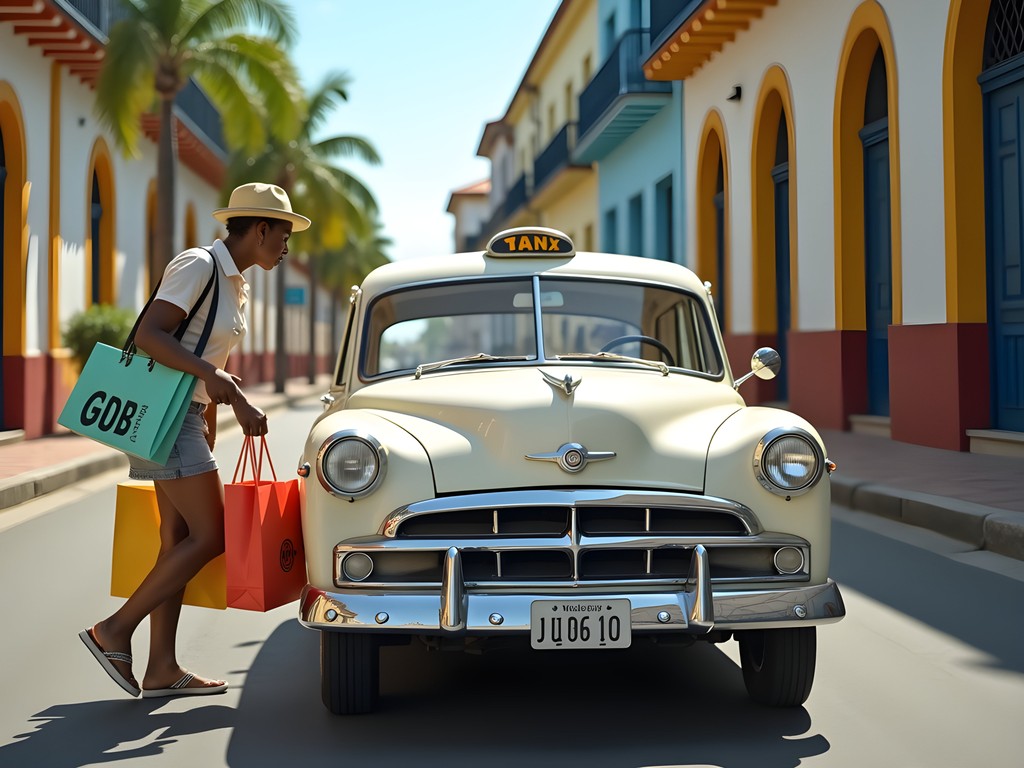
💡 Pro Tips
- Learn basic Spanish phrases for numbers and bargaining—vendors appreciate the effort
- Avoid shopping in a rush—the best deals come with patience and a willingness to walk away
- Group your shopping by neighborhood to minimize transportation costs
Final Thoughts
Santo Domingo offers a shopping experience that transcends mere souvenir hunting—it's a journey through Dominican cultural identity, from colonial crafts to cutting-edge design. What makes shopping here particularly rewarding is how each purchase connects you to the island's rich history and vibrant present. Whether you're bringing home a piece of 40-million-year-old amber with a prehistoric insect suspended inside, a larimar pendant that captures the exact color of the Caribbean Sea, or a contemporary piece from a Dominican designer reinterpreting traditional motifs, you're acquiring more than an object—you're taking home a story.
As an educator who values experiential learning, I find that shopping mindfully in destinations like Santo Domingo provides insights no guidebook can offer. Each transaction becomes a cultural exchange, each craft a tangible lesson in history and artisanship. So when you visit this remarkable Caribbean capital, set aside your shopping list and instead open yourself to discovery. The treasures you'll find—both material and experiential—will far exceed your expectations.
✨ Key Takeaways
- Focus on Dominican specialties like larimar, amber, and local design rather than generic souvenirs
- Learn about crafts before purchasing to ensure authenticity and appreciate their cultural significance
- Balance your shopping between traditional markets and contemporary boutiques for a complete Dominican experience
📋 Practical Information
Best Time to Visit
year-round, though November-April offers milder temperatures
Budget Estimate
$50-150 per day for shopping, depending on purchases
Recommended Duration
2-3 days
Difficulty Level
Easy

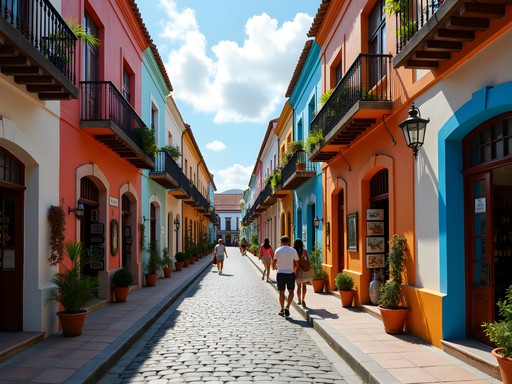
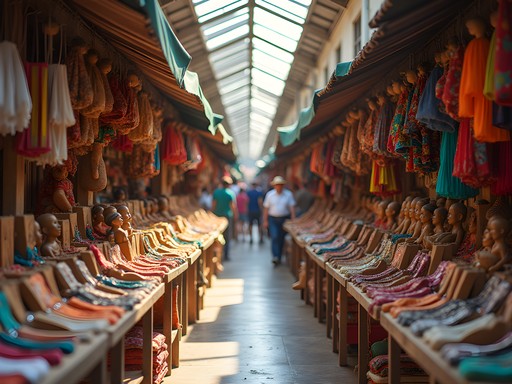
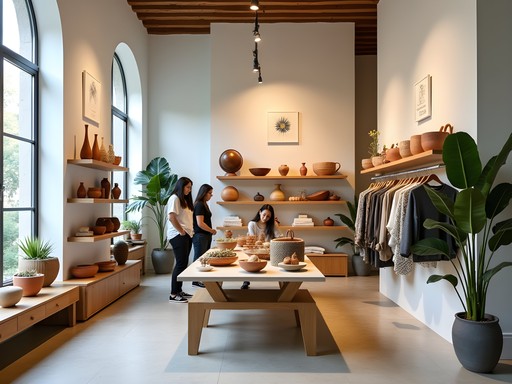

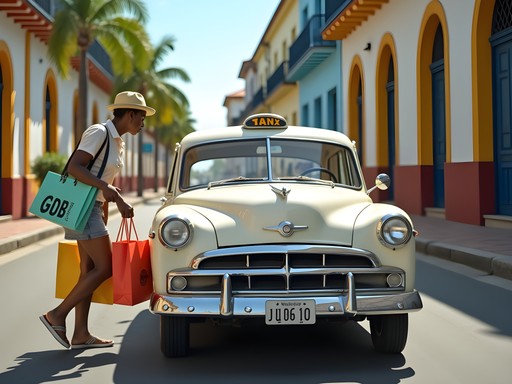






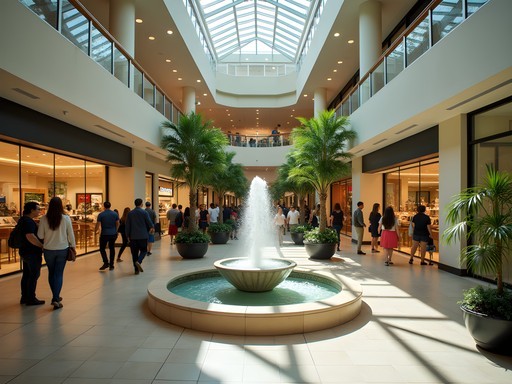


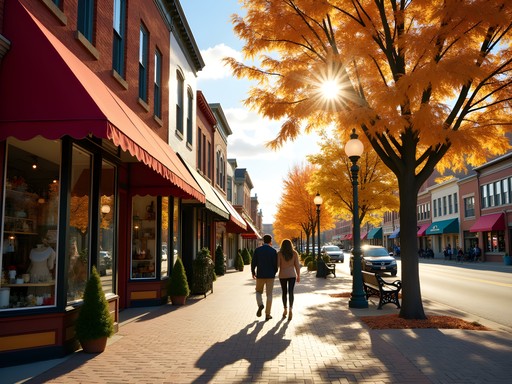
Comments
moonwanderer
Any recommendations for budget shopping? Student traveler here!
citychamp
The side streets of Mercado Modelo have better prices than the main aisles. Also check out the weekend market at Parque Independencia!
Nicole Russell
Just got back from Santo Domingo and I'm literally unpacking my TREASURES as I read this! The contemporary Dominican design section of this guide is spot-on. I found this amazing concept store called 'Diseño DR' that showcases local designers - everything from fashion to home goods. Bought this gorgeous hand-woven bag that folds completely flat in my suitcase (perfect for a chronic overpacker like me!). I protected all my purchases with my packing cubes which kept everything organized and safe. Jackson, your tip about visiting the amber workshops was gold - seeing the artisans at work made me appreciate my purchases so much more!
luckydiver
Any recommendations for shops that ship internationally? Found some gorgeous pieces last time but couldn't fit everything in my luggage!
Jackson Wallace
Several of the higher-end shops in Zona Colonial do ship internationally, particularly Amber Museum and Larimar Museum shops. Also check out Khaki - they have beautiful contemporary pieces and reliable shipping.
luckydiver
Perfect, thanks Jackson! Will check them out next time.
freemaster
Are credit cards widely accepted in the Zona Colonial shops or should I bring cash?
photomood
Those larimar pieces in your photos are stunning! The blue is so vibrant.
backpackseeker8881
How can you tell if amber is real? I got burned with fake amber in another Caribbean market and don't want to make the same mistake in Santo Domingo.
Jackson Wallace
Great question! Real Dominican amber should float in salt water and feel warm to touch quickly. The Amber Museum in Zona Colonial actually offers authentication services if you're unsure. I always recommend buying from established shops with certificates of authenticity rather than street vendors.
backpackseeker8881
Thanks Jackson! That museum tip is exactly what I needed.
freephotographer442
Pro tip for anyone visiting Mercado Modelo: go on weekday mornings to avoid the cruise ship crowds. I got way better prices when the vendors weren't swamped with tourists. Also, bring small bills - makes bargaining much easier when you can show exactly what you're willing to pay.
Fatima Sims
I spent three weeks in Santo Domingo last year and became absolutely OBSESSED with larimar jewelry! That blue stone is hypnotic. Found this tiny workshop in Zona Colonial where an older gentleman had been making pieces for 40+ years. His hands told the story of his craft - weathered but precise. When I wear my larimar necklace now, people always ask about it. Jackson, you're so right about the bargaining at Mercado Modelo - my first price was always 50% of what they initially asked. The dance of negotiation became almost as fun as the shopping itself!
wildnomad
Fatima, do you remember the name of that workshop? I'm heading there next month!
Fatima Sims
It was called 'Manos del Caribe' - small blue door near Calle El Conde. Ask for Miguel!
globepro
Those amber pieces look amazing! Definitely adding Santo Domingo to my Caribbean shopping list!
Douglas Bradley
Excellent guide, Jackson. I spent three weeks in Santo Domingo last year researching Dominican craft traditions, and your coverage of the Mercado Modelo is spot-on. One additional tip for readers: the deeper you go into the market, the better the prices tend to be. The stalls near the entrances often charge a premium. Also, I found some extraordinary contemporary Dominican designers in the small galleries along Calle El Conde that weren't as tourist-oriented. The fusion of traditional techniques with modern design sensibilities is creating some truly innovative pieces worth seeking out.
travelperson468
Thanks for the Mercado tip! Planning my trip now and will definitely venture deeper into the market.
Venture X
Premium card with 2X miles, $300 travel credit, Priority Pass